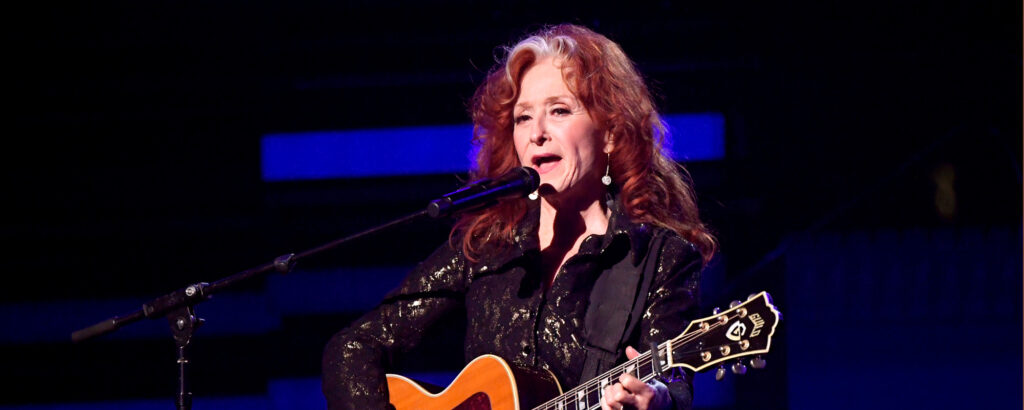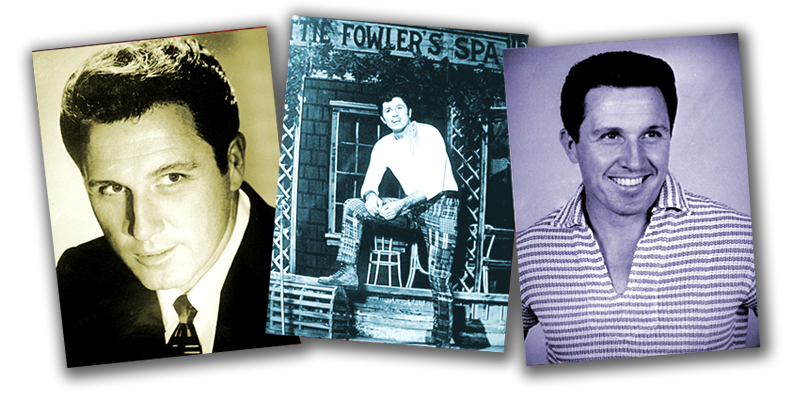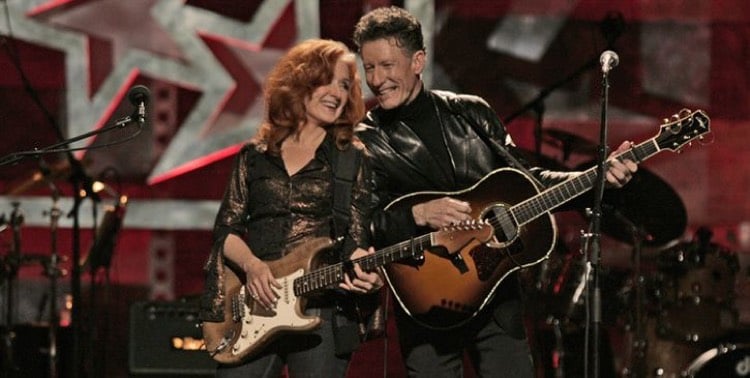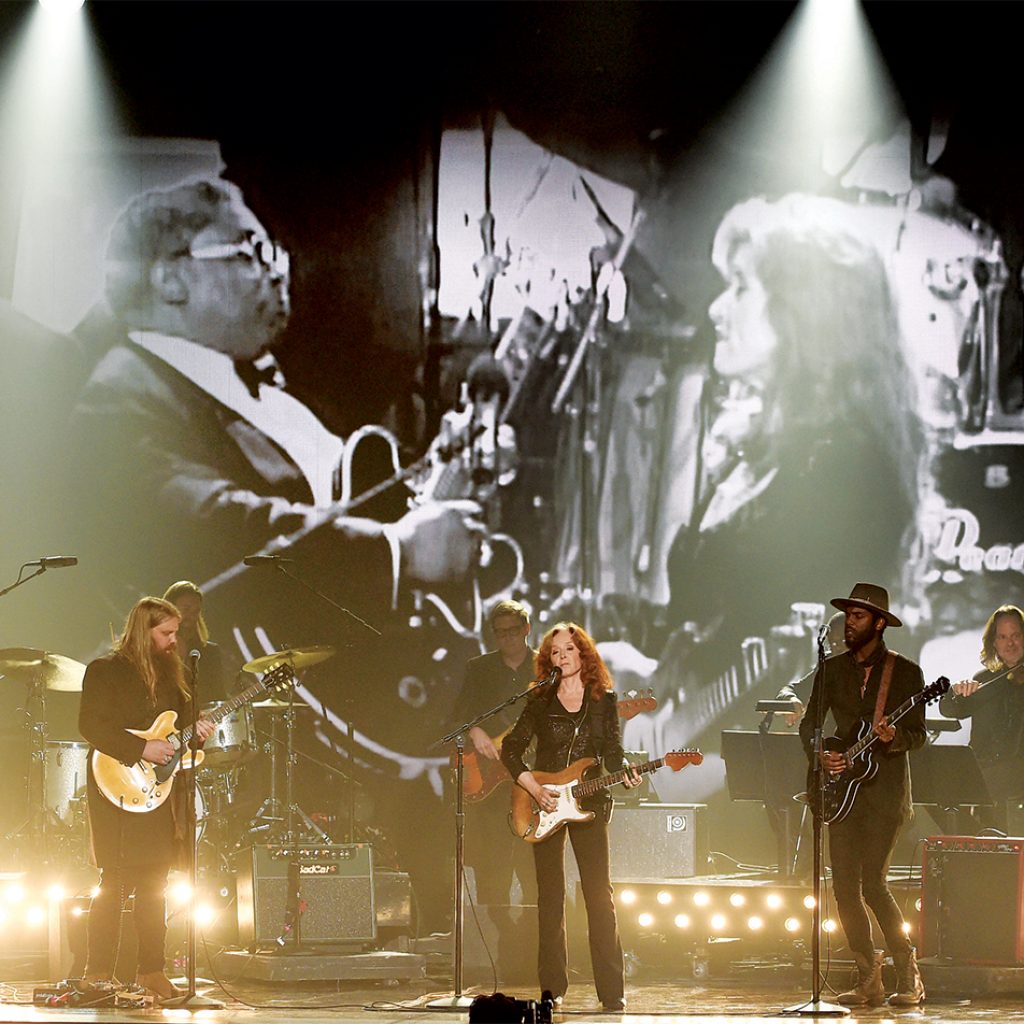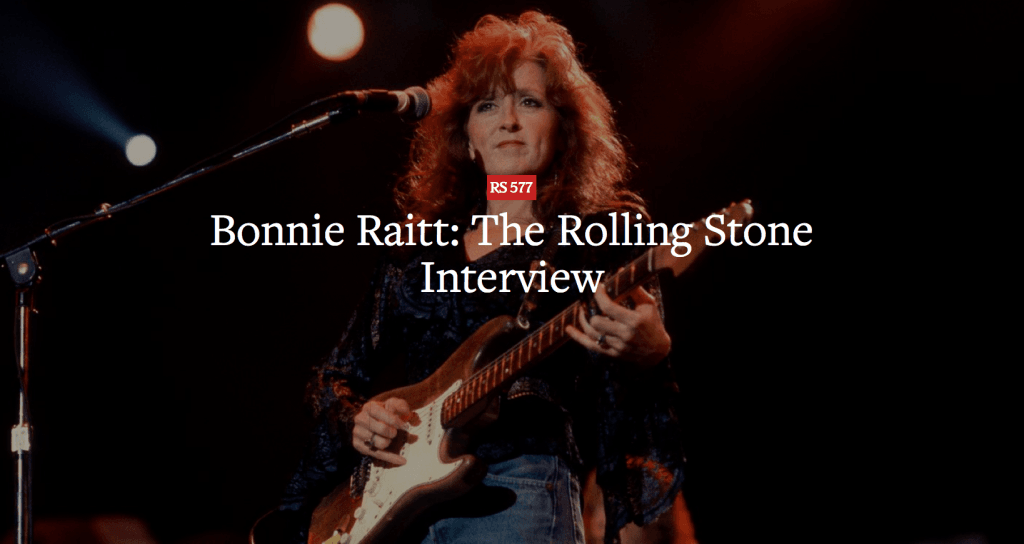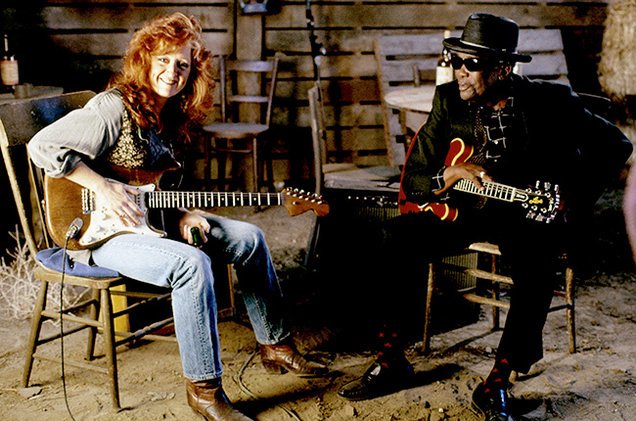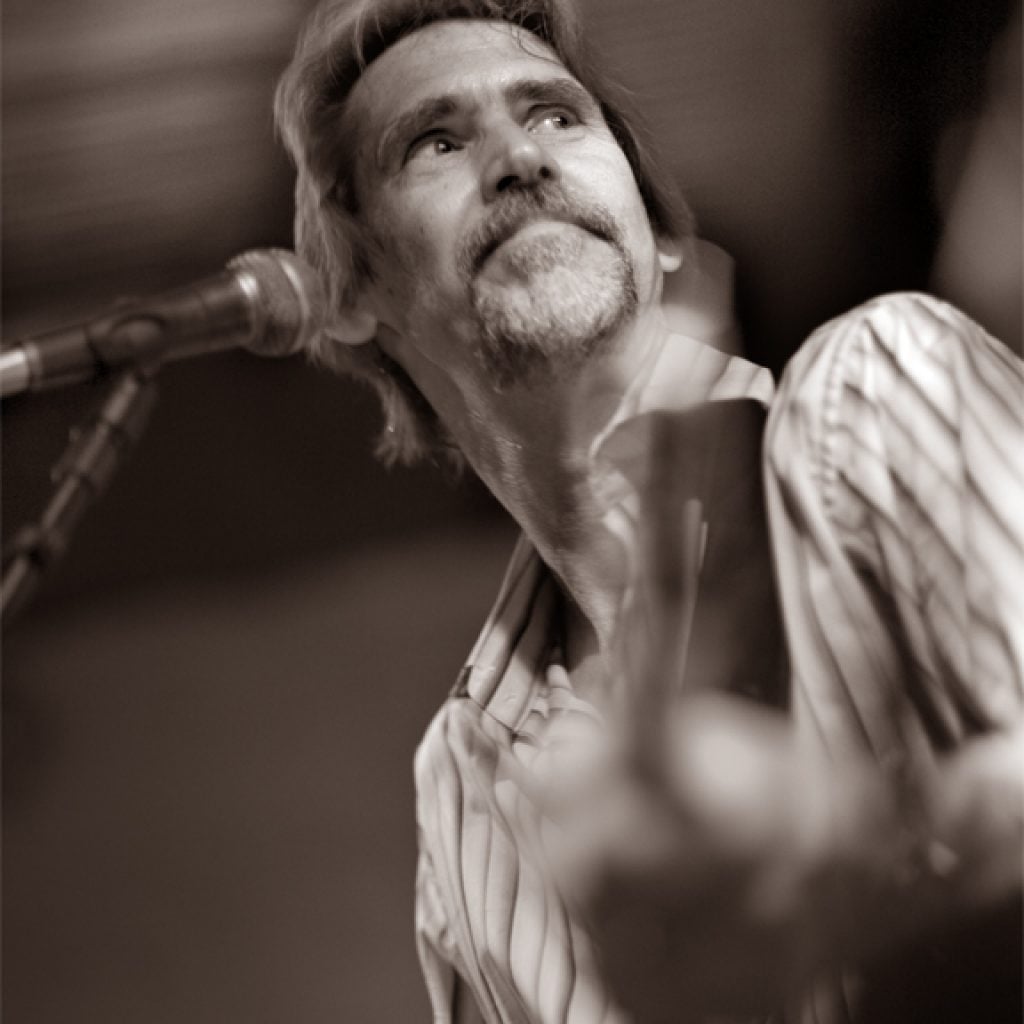
Rock superstars travel on the Starship, the muItimillion dollar private jet. They stay at the best hotels. They have flunkies to take care of the million and one hassles that come with any tour. Anxious promoters stand ready to satisfy any whim.
That’s the superstar’s life on the road.
But for the mortal bands — those on the way down, those on the way up and those on the way to nowhere — the road is a different world entirely.
YOU TRAVEL by car or bus or commercial jet. You play small halls and college gymnasiums instead of Madison Square Garden and the Capital Centre. You live in Holiday Inns or, to cut costs, stay with friends. You eat at Howard Johnson’s or hope the backstage food isn’t too bad. And you pay close attention to what your few roadies are doing. It’s your few pennies, after all.
If you are a woman, the problems are amplified. The road can be pure hell.
Bonnie Raitt has been moving along the road regularly for nearly four years. When she stopped in Washington last Saturday night for a one-night stand at Georgetown’s McDonough Gym, she was just starting a 40-date road tour that would take her through the East Coast, part of the Midwest and part of the West Coast. She had just come from laying down tracks for part of her new, fall-release album. When she returns to her new home in Los Angeles late this month, she will finish the album. Then it will be back out on the road again.
THAT IS WHAT the real world of rock, the world apart from the big names, is all about. It may not look like work but it will grind you down just as surely as 20 years of 9-to-5 on an assembly line.
The night before her Washington appearance, Bonnie and her four-piece backup band had played Charlottesville, Va., on a bill with Little Feat. Saturday morning, the group drove to Washington, stopping briefly at the Holiday Inn in Rossyln. The group didn’t get much of a chance to rest with a sound check scheduled for mid-afternoon at McDonough.
By 3 p.m. the afternoon of the show, McDonough had been taken over by lighting crews and sound men. While the light people ran around trying to decide whether to use pink on Bonnie or a harsher red— they decided on the pink — the soundmen were trying to do something about the echo in McDonough.
Bonnie had problems getting through the sound check. She was tired and her voice was hoarse, not a good sign early in a tour. As the soundmen struggled to balance her voice with her guitar and the rest of the band’s instruments, Bonnie tried to make things easy by cracking some jokes and making light of the whole situation. Finally, everything was as set as it was going to be and Bonnie quickly left the hall, seeking some badly needed rest and food.
The concert was still almost three hours away and she would not go on until after 11 p.m. that evening.
BONNIE RAITT is not a star outside of a few East Coast cities. She was first signed by Warner Brothers Records in 1971 after building up a solid coffeehouse following around Philadelphia and Boston. At the time, she was a raw talent who played superb guitar and had an absolute commitment to old-time Delta blues and new material; but her voice was erratic and she had no real sense of what she wanted from herself or her music.
When I knew her then, she was fondest of saying, “I don’t want to be a star.”
“I don’t want hit records. I’m trying to use these last few years to have a good time and survive. I don’t want to have to withdraw from life like James (Taylor) and (Bob) Dylan did. I love it too much.”
Bonnie certainly went out of her way to avoid rock stardom. She went with a small management agency, Avalon Productions of Boston, rather than with William Morris. Her first album “Bonnie Raitt,” was recorded in a garage in Minneapolis with a bunch of local sidemen and a few Chicago bluesmen. Heavily political — her second album is dedicated to people of North Vietnam — she soon became known as the softest touch around for any fund-raiser or rally.
Photo by David Gahr
HER PERSONAL LIFE, despite her efforts to avoid stardom, became a shambles. There were too many demands on her time. There was the dope scene. Most of all, there was the problem of men. For women rock artists, keeping men or avoiding them is a pain. Bonnie went through “things” with musicians and non-musicians. Nothing worked out very well. “If I were to meet a guy I like,” she says, “I can’t drag him along on the road with me the way a guy can drag a chick.”
When she appeared in Washington last August, she was being followed by Stephen Stills. Married with a kid on the way, Stills would show up to “jam” with Bonnie …….?…….he ended up taking over the show. After one disastrous night here, Bonnie had it out with Stills, finally convincing him to leave her alone.
The Stills incident and others like it are not unique in any female performer’s life. In Kathy Orloff’s book, “Rock ‘n’ Roll Woman,” the common ground for artists like Bonnie, Maria Muldaur and Linda Ronstadt is their struggle with the demands of the male-dominated rock world. The women artists who are successful, it is repeatedly pointed out, are the ones who are sexy or vulnerable or both.
“YOU’RE PUT in a box,” Bonnie says. “You’re expected to be sexy or cute or something. If a woman weighs 400 pounds, she is never going to make it in this business except by singing country or risque songs.”
(But even if you are a success, you can get hassled. Raitt, Ronstadt and Muldaur recently did a segment of the ABC late show with Kathy Orloff to promote the author’s book. Not only was the segment butchered but the book was never mentioned. Orloff, Bonnie reports, is sueing ABC.)
Of all the well-known women singers, Bonnie may be closest in her music to a sort of feminist ideal. Although she sings basic blues, Bonnie has a way of making this basically male music her own. The ache is there on tunes like “Love Has No Pride,” but numbers like that are always balanced by songs expressing independence and pride. It is hard to reflect reality and feminism at the same time but, on most of her albums, Bonnie manages.
If anything, Bonnie Raitt has become better able to handle the road problems over the years. She is still gracious and friendly but now she can close out people if she has to and certainly has a better sense of herself and her music.
LAST SATURDAY, for example, she noted that her last two albums were disasters. “Taking My Time” was started with Little Feat’s Lowell George as producer but ended up with Orleans’ John Hall doing the honors after George and Bonnie had a falling out. “Streetlights,” her last album, was produced by Jerry Ragovoy. Ragovoy is great with commercial pop but could not handle Bonnie’s bluesy approach.
Now Bonnie is working with Paul Rothschild, an old blues hand whose latest achievements were with Bad Company. “I’m much happier with him,” she says. “I’m doing what I want to do now.
She certainly seemed much happier Saturday night at McDonough. Bouncing around behind stage, she gabbed with old friends, a few beers keeping the edge on what was obviously a natural high. When she finally hit the stage, she played her music for the better part of two-and-a-half hours, eliminating the rambling chatter and endless tuning that used to mar her sets. Her band was tight and she sounded great.
After the show, she flopped down on a friendly couch, called for a drink, and tried to decide what to do with the rest of the night. She finally decided to catch old friend Chris Smither at the Cellar Door. The party would still be going strong at 4 a.m.
Later, the band would be on the road for Caryle, Pa. And Bonnie Raitt would be on the way to another date in another town.















 Visitors Today : 61
Visitors Today : 61 Now Online : 1
Now Online : 1






